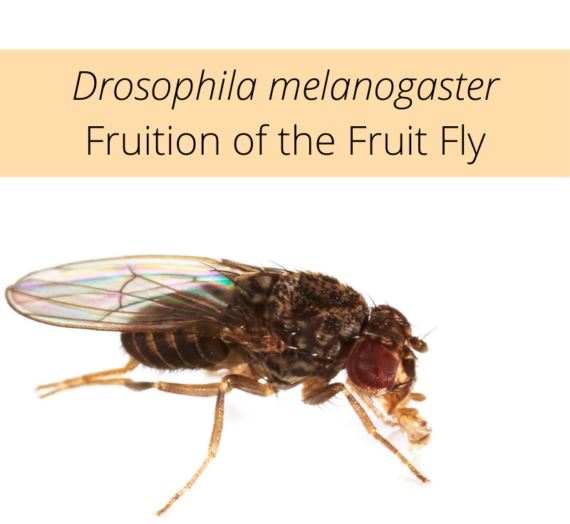The second post in our Genetics Diseases series has finally arrived! Today we will be tackling the brain and delving deep into understanding the pathology of Huntington’s Disease (HD).
Overview and Epidemiology
The disease was first described by Charles Oscar Waters in 1841, as a type of “chorea”, a general term for neurological disorders which cause involuntary movements. The disease was characterised in more detail in 1872 by George Huntington, after whom the disorder is named, who described it as a “hereditary chorea”.
HD is hereditary genetic disorder that causes progressive degeneration of part of the brain, affecting a patient’s nervous system and impacting their ability to co-ordinate movement. As well as affecting the functional abilities of an affected person, HD can also influence cognition, potentially leading to learning difficulties, as well as the inability to process emotions correctly. This can ultimately lead to the onset of various psychiatric disorders. .
There are many different symptoms of the disease, some of which develop earlier and some which occur later on during the lifetime of affected individuals. Symptoms usually first begin to appear between the ages of 30 to 50 years, though it is possible for symptoms to appear outside of this range. Usually, the disease causes varying degrees of cognitive, locomotive and psychiatric disorders, depending on the individual.
The disease is estimated to affect approximately 3 to 7 Europeans per 100,000, with less common instances in those of African or Eastern-Asian descent. Symptoms usually prove fatal between 15 to 20 years after the onset of the disease.
Causes
HD is an autosomal dominant disorder caused by a mutation in the HTT gene. Since it is caused by a dominant gene, individuals whose parents are carriers, have a 50% chance of inheriting the defective gene.

The HTT gene is responsible for the creation of a protein known as huntingtin. The exact function of this protein is currently still unknown; however, it is theorised to have a vital role in affecting neurons found in the brain. Numerous studies have indicated a link between huntingtin and cellular trafficking structures such as vesicles and microtubules, suggesting that the protein may be involved in cellular trafficking processes. Whilst its role remains uncertain, the removal of huntingtin causes death in mice, hence its clear that its presence is crucial for life.
HTT genes comprise of a CAG (cystosine, adenine and guanine) trinucleopeptide segment, which, in healthy individuals, is typically repeated between 10 to 35 times. However, the mutation in the HTT gene causes the CAG segment to repeat more than 36 times, sometimes repeating up to a total of 120 segments or more.
This repitition of the CAG segment leads to an increase in the size of the huntingtin protein produced. This abnormal version of huntingtin is then cut into smaller fragments that bind together and accumulate in neurons in the brain, hindering neuron activity and causing premature neuronal death. This premature death leads to the onset of HD symptoms.
Those who have 36 to 39 repeats of the CAG segment may or may not develop symptoms of the disease, whereas those with 40 or more repeats almost always develop the disorder. Having a larger set of CAG repeats is usually associated with developing symptoms much earlier on in life. This is known as an anticipation period.
Those who develop the adult-onset form of HD usually have between 40-50 repeats of the CAG segment, whilst those who suffer from the juvenile form tend to have more than 60 repeats. Individuals with 27 to 35 repeats in the HTT gene usually do not develop the disease but become carriers, therefore it is possible the disease can be passed onto future offspring. As the gene is passed on, the repeats can lengthen further and cause symptoms to appear sooner.
Symptoms
Symptoms gradually worsen over time with the disease, though the rate of degeneration depends on the individual. The general span of time between emergence of symptoms until fatality is typically between 10 to 30 years, with the juvenile version of the disease leaving approximately 10 years before death is likely to occur.
Some of the first symptoms of sufferers of HD include the sudden onset of locomotive issues such as stumbling and general clumsiness. Patients may also begin experiencing memory and concentration difficulties. Some individuals can even develop behavioural changes, such as social withdrawal, aggression and irritability.
Symptoms that can appear much later into the development of the disease include difficulty in speaking, breathing and swallowing – which can lead to lung infections as a result of choking. This may also lead to weight loss, which is a characteristic symptom as the disease progresses into the latter stages.
The most common psychiatric disorder associated with HD is the development of clinical depression, due to physical damage to the brain altering the brain’s functional capabilities. Other symptoms can include an increase in suicidal thoughts and tendencies. Some research suggests that there is a greater risk of suicide in individuals either before diagnosis of HD or in the middle stages, when individuals are forced to become co-dependant on a carer. Patients may also experience bouts of insomnia and fatigue. A variety of other psychiatric disorders may also develop as the disease progresses, including bipolar and obsessive-compulsive disorder.

There are several locomotive symptoms associated with HD, aside from characteristic involuntary movements, or “chorea”, including slow or abnormal eye movement. Sufferers may also find difficulty in moving without aid – eventually being unable to sit or walk by themselves. This often leads to impaired gait, posture and balance. Individuals may experience rigidity and muscle contracture, known as dystonia.
Voluntary movements may become more difficult as well, impacting the affected person’s ability to work and perform general day-to-day activities, ultimately affecting their independence. Eventually, full-time nursing and care is required for patients in the latter stages of HD since they will more often than not, be rendered bed-bound and unable to speak and perform normal daily activities without physical aid from others. Although the individual will be confined to their bed, they are often able to understand language and are aware of surrounding company.





Hunting for a cure: Huntington’s Disease (Part Two) – Seeking Science
[…] our Huntington’s Disease (HD) special has arrived! If you haven’t already, check out part one here. In this edition, we take you through the differences between adult and juvenile HD, diagnosis, and […]